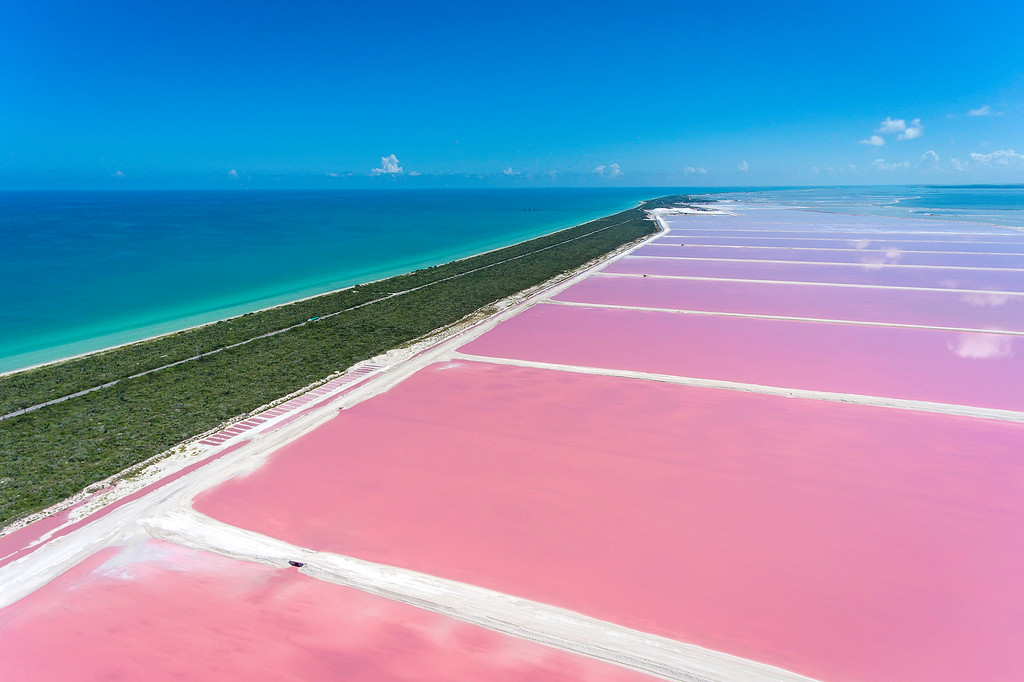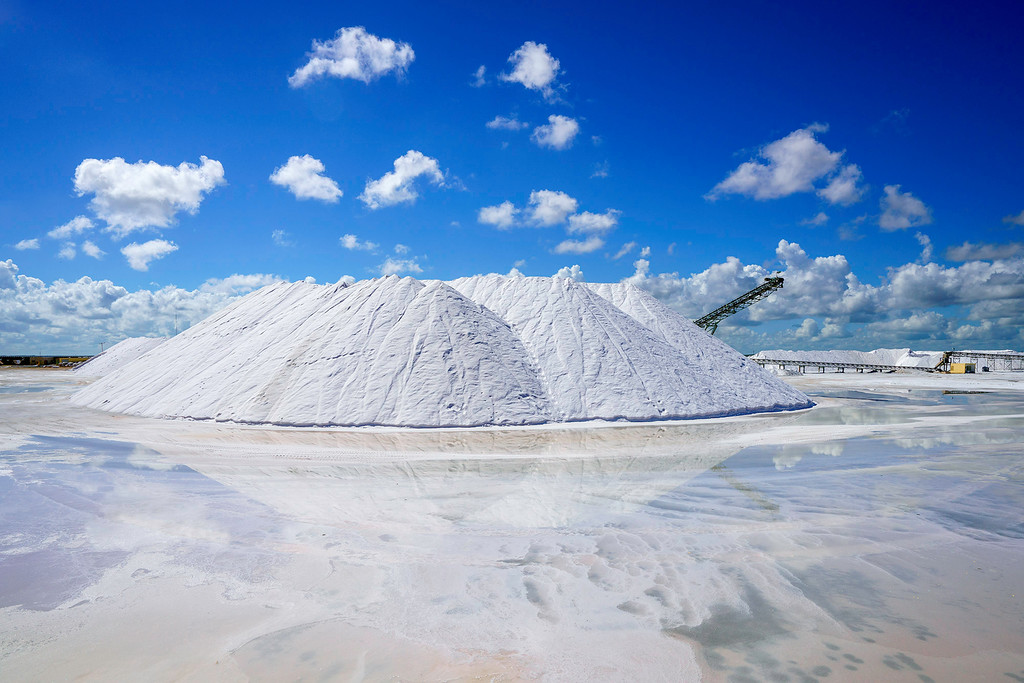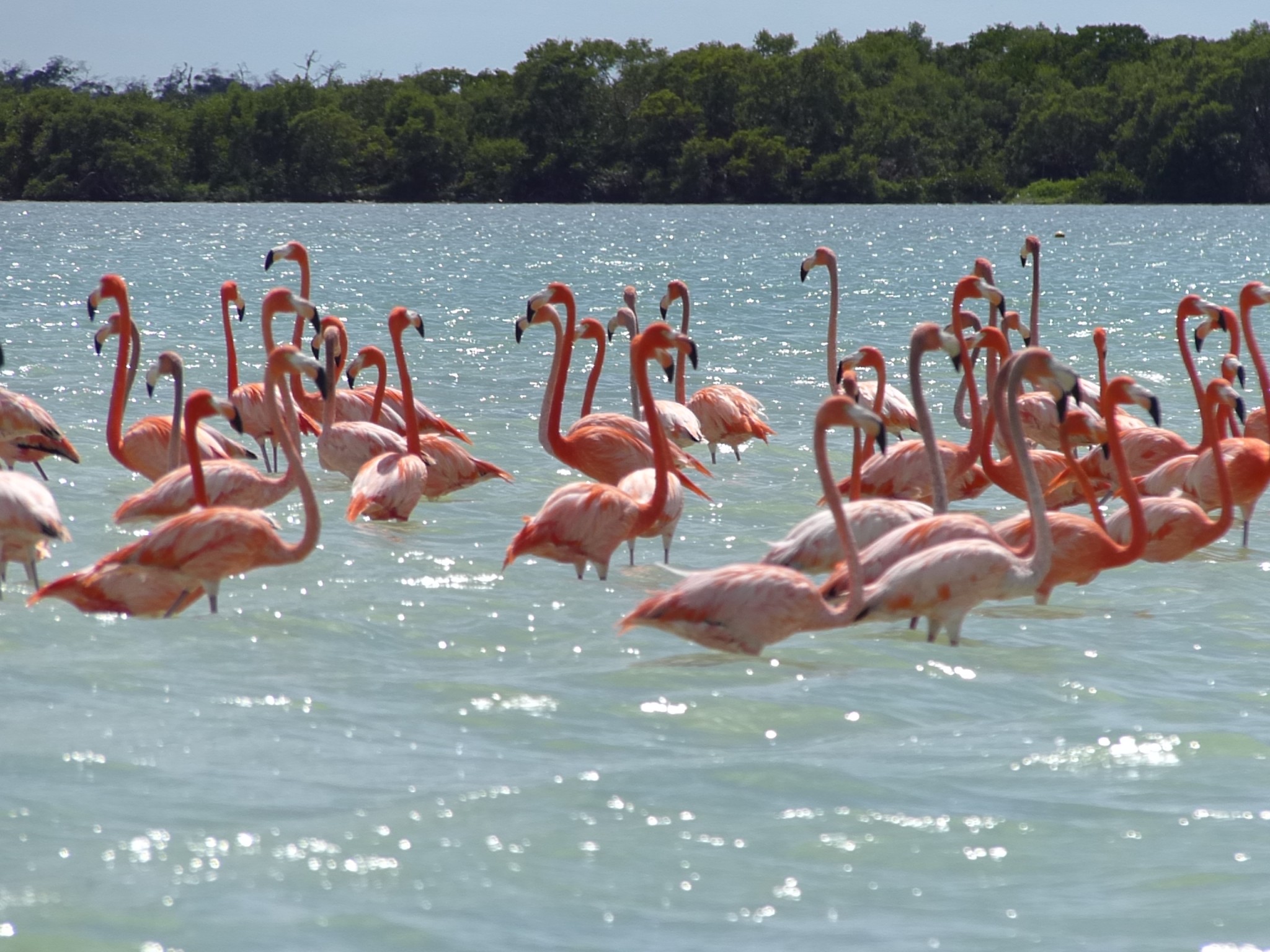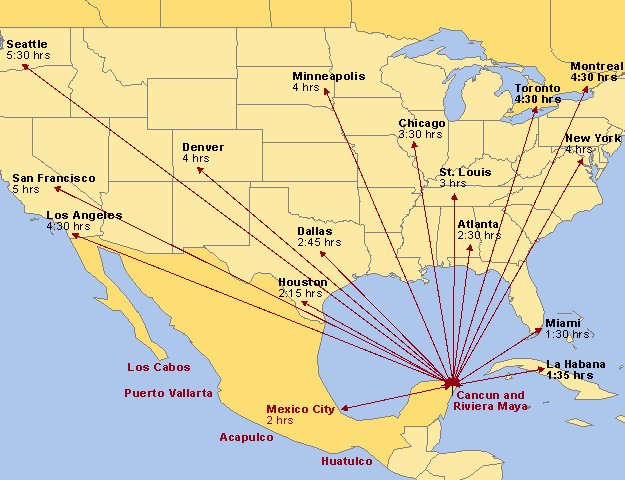Pink Lakes Las Coloradas
The amazing Pink Lakes Las Coloradas.
Las coloradas means “the red” and is the name of a tiny Mexican fishing village with a small population. Nearby, a series of brightly colored pink lakes cover the landscape on the edge of the Gulf of Mexico.

Las Coloradas is located 128km (79miles) away from Cancun and 144km (89miles) from Playa del Carmen. The pink color of these lakes is due to red-colored algae, plankton and brine shrimp that thrive in the salty environment. As the water evaporates these organisms become more concentrated, glimmering pink in the bright sunlight.

At Las Coloradas you can find Pink Flamingos, who usually visit the area in some seasons offering a great show. The pink water is incredibly salty, so while safe to get in. However it is more to take pictures than anything else, because the lakes are only about a foot deep.

By tradition, Las Coloradas has a great salt production. Salt was very important for the nutritional needs of the Mayans as well as food preservations. It was mined here and and then shipped by canoe to other parts of the Mayan empire. Currently a company produces salt on a much larger scale (550,000 tons per year).

Very close (30 minutes away) from the pink waters of Las Coloradas is located Rio Lagartos, which is a Biosphere Reserve, home to animals like flamingos, crocodiles, sea turtles, jaguars, and all kind of sea birds.


To get to Las Coloradas you can do it by renting a car or hire a private van transportation with a bilingual driver who knows the area and can suggest places to eat or shopping. What we do not recommend is to go on your own on local buses, because they take a lot of travel time. In case you want to hire a private van please contact Canada Transfers to send you a quote. https://www.canadatransfers.com/contact/
10,325 total views, no views today







